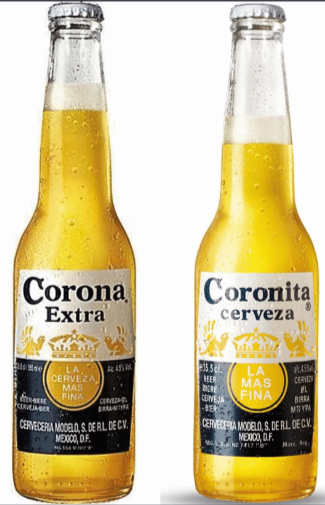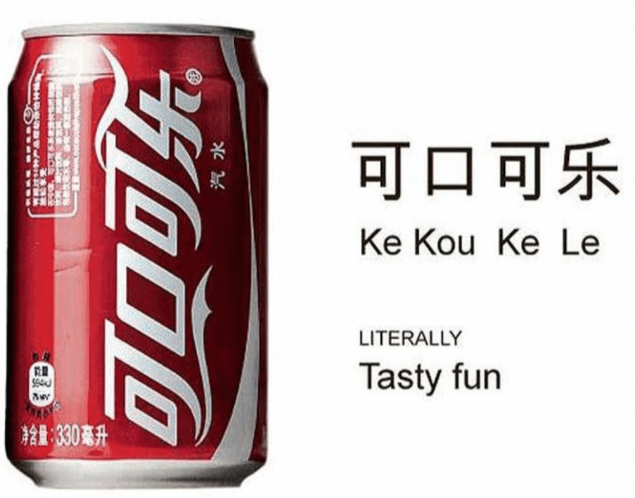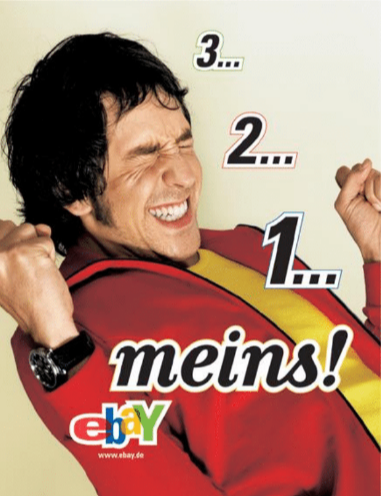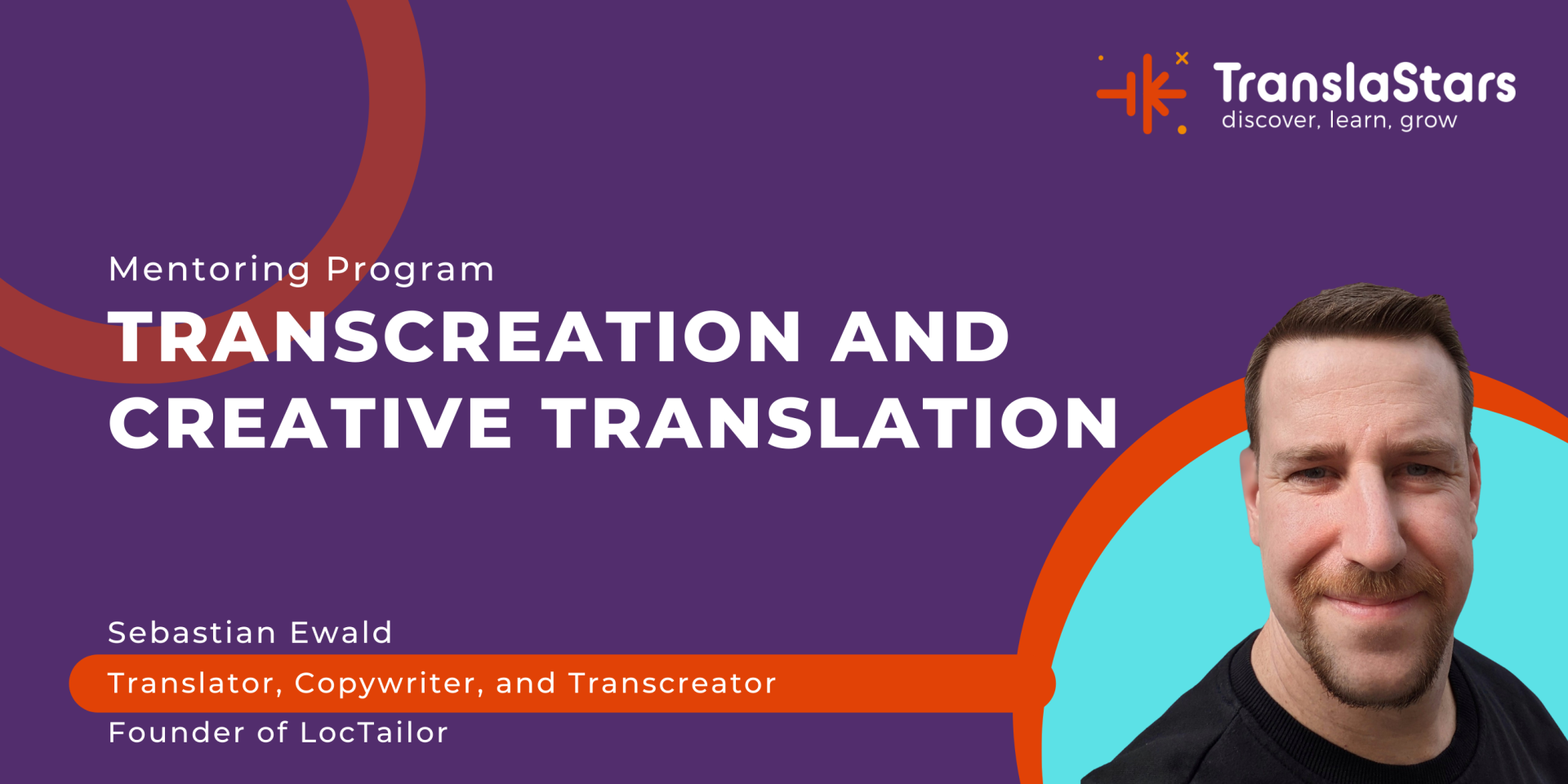From iconic slogans like McDonald’s “I'm loving it” to the strategic naming decisions of global brands like Corona and Haribo, transcreation plays a pivotal role in crafting messages that resonate universally.
Ready to dive deeper into successful transcreation strategies with transcreation maestro Sebastian Ewald?
Let’s go!
What is transcreation?
Transcreation, derived from the fusion of "translation" and "creation", is the process of adapting a message from one language to another, while maintaining its intent, style, tone, and context.
A successfully transcreated message evokes the same emotions and carries the same implications in the target language as it does in the source language.
There are several fields where transcreation is used, such as marketing, entertainment, and the arts.
5 examples of marketing transcreation done right
1.McDonald's
“I'm loving it”.
It doesn't get any simpler than that, right?
“It's just kind of brilliant how simple it is. Such a basic emotion that it should work for every market, across all languages. Except that it doesn't, right?”, said Ewald.
Some languages, like French and Italian, don't have a neuter pronoun like “it”.
Other languages might need to address what “it” actually is. Is it the feeling? Is it the food? Is it the restaurant? Is it the company McDonald's?
Other languages might need to address what “it” actually is. Is it the feeling? Is it the food? Is it the restaurant? Is it the company McDonald's?
Let’s look at how they transcreated it in French:

2. Corona

Corona (Spanish for “crown”) is a Mexican brewery that sells all over the globe.
Until recently, in Spain, this beer went by the name “Coronita” (little crown) due to a copyright issue.
“This diminutive is a smart and easy fix that allows them to keep all their essence and all their branding completely intact in that market. And even if you're a foreigner who's only used to Corona and you go to Spain, you're still gonna recognize the bottle, you're still gonna recognize the writing, it's still gonna be Corona, so it's still gonna be written on the bottle, but it's instead of crown, it's just little crown”, explained Ewald.
Until recently, in Spain, this beer went by the name “Coronita” (little crown) due to a copyright issue.
“This diminutive is a smart and easy fix that allows them to keep all their essence and all their branding completely intact in that market. And even if you're a foreigner who's only used to Corona and you go to Spain, you're still gonna recognize the bottle, you're still gonna recognize the writing, it's still gonna be Corona, so it's still gonna be written on the bottle, but it's instead of crown, it's just little crown”, explained Ewald.
3. Haribo
“In marketing, we typically always want short. Three words, four words. This makes for good taglines. Everybody wants that. That's the sweet spot. But Haribo’s tagline is 14 syllables. Why then does it stick in our head so well?”, asked Ewald.
There are three things to consider:
Check it out for yourself here:
PRO TIP: Are you a native Italian or Spanish speaker?
Check out Nicola Calabrese’s and Berenice Font’s expert courses!
There are three things to consider:
- Melody: the text is attached to a jingle.
- Rhyme: rhymes make anything easier to remember.
- Emotion: the text conveys the lightheartedness of being a child and the enjoyment of a sugar treat.
Check it out for yourself here:
- German: Haribo macht Kinder froh / und Erwachsene ebenso
- English: Kids and grown-ups love it so / the happy world of Haribo
- Dutch: Haribo maakt kinderen blij / volwassenen horen ook daarbij
- French: Haribo, c'est beau la vie / pour les grands et les petits
- Spanish: Vive un sabor mágico / ven al mundo Haribo
- Portuguese: Vive um sabor mágico / vem ao mundo Haribo
- Italian: Haribo è la bontà / che si gusta ad ogni età
- Russian: Детям, взрослым повезло / всем на радость Харибо
PRO TIP: Are you a native Italian or Spanish speaker?
Check out Nicola Calabrese’s and Berenice Font’s expert courses!
4. Coca Cola

Phonetics play a crucial role in shaping the impact of your message, even if it's just text in marketing.
The goal is not only to be read but also to be discussed and remembered, sparking conversations among friends and family.
Achieving viral success and becoming part of pop culture is the ultimate aim in marketing, and for that, one must consider phonetics.
Phonetics play a crucial role in shaping the impact of your message, especially in some markets like China.
“Examples abound of brands experiencing both success and failure based on how their names or slogans resonate phonetically. For instance, KFC's 'finger-licking good' didn't translate well and ended up sounding awkward in Chinese. On the other hand, successful examples include Coca Cola’s ‘tasty fun’, Reebok's ‘quick steps’ and Nike's ‘enduring and persevering’, which resonate positively with the Chinese audience”, explained Ewald.
The goal is not only to be read but also to be discussed and remembered, sparking conversations among friends and family.
Achieving viral success and becoming part of pop culture is the ultimate aim in marketing, and for that, one must consider phonetics.
Phonetics play a crucial role in shaping the impact of your message, especially in some markets like China.
“Examples abound of brands experiencing both success and failure based on how their names or slogans resonate phonetically. For instance, KFC's 'finger-licking good' didn't translate well and ended up sounding awkward in Chinese. On the other hand, successful examples include Coca Cola’s ‘tasty fun’, Reebok's ‘quick steps’ and Nike's ‘enduring and persevering’, which resonate positively with the Chinese audience”, explained Ewald.
5. Ebay

“Ebay in Germany used to have “3... 2... 1... meins!” (3, 2, 1, it’s mine!). It reads okay for an auction house, until you realize that one (1) “eins” rhymes with (mine) “meins” – and that is what makes the message really stick”, explained Ewald.
In conclusion, the impact of phonetics on your message cannot be overstated.
Whether ensuring a brand name rolls off the tongue or crafting a slogan that resonates harmoniously, considering phonetics is a crucial element in effective marketing.
PRO TIP:
Unlock the power of transcreation with Sebastian in our MTM Mentoring Program.
In conclusion, the impact of phonetics on your message cannot be overstated.
Whether ensuring a brand name rolls off the tongue or crafting a slogan that resonates harmoniously, considering phonetics is a crucial element in effective marketing.
PRO TIP:
Unlock the power of transcreation with Sebastian in our MTM Mentoring Program.
- Overcome impostor syndrome, refine your skills, and master the art of capturing the essence in transcreation projects.
- Benefit from personalized 1:1 live sessions featuring Q&As, insights, motivation, and real-life examples, all with direct feedback.

If you liked this article, read also:
- 10 best translation professionals to follow to boost your career (2023-2024 edition)
- 8 successful culturalization examples to take inspiration from
- 5 tips to work as a translation project manager
- 10 job hunting tips to find the best jobs in the translation industry
- 6 translation communities you may have never heard of
- The 10 best terminology and glossary management tools for translators and interpreters
By Roberta Cavaglià.





